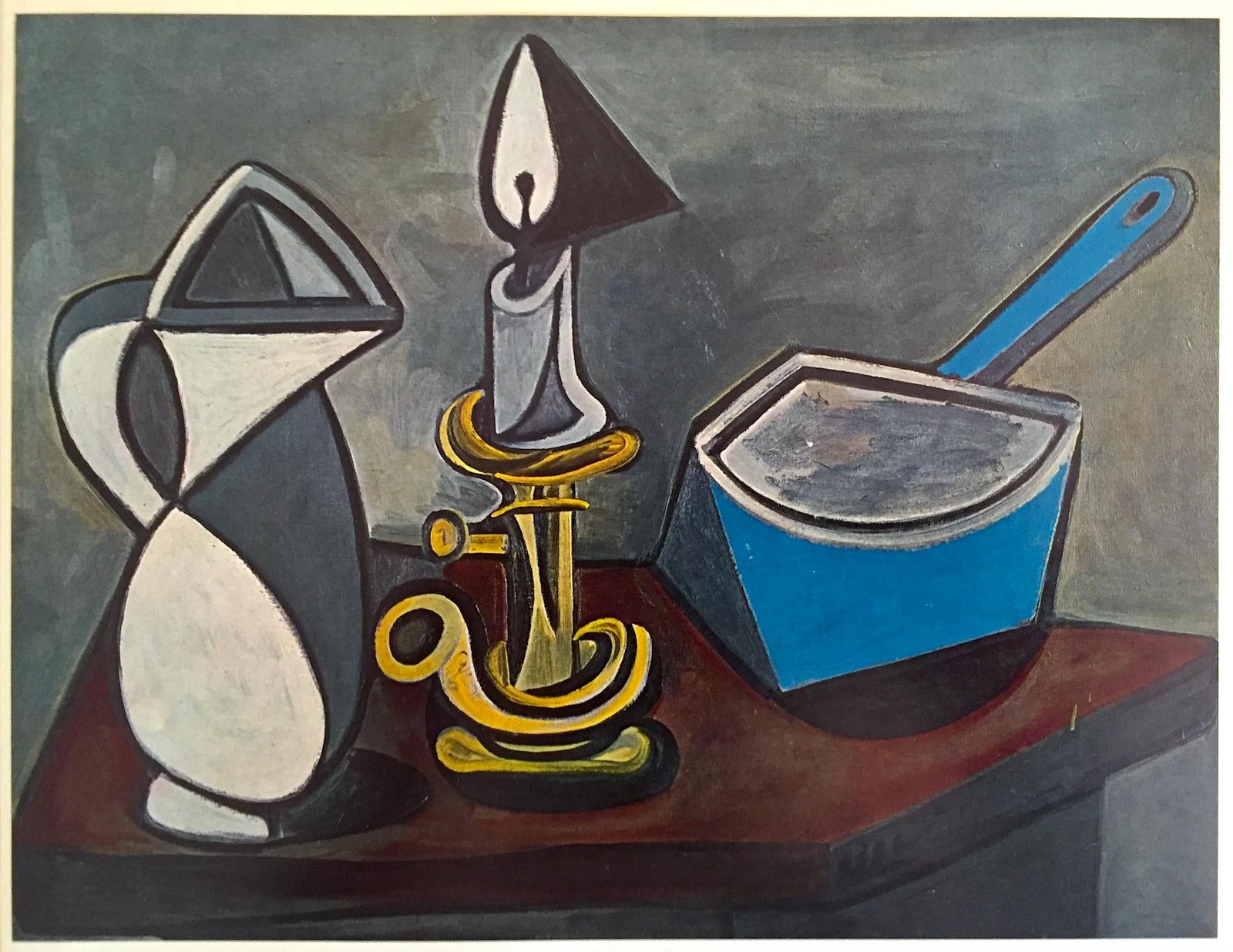Pablo Picasso, a renowned Spanish artist, is widely regarded as one of the most influential figures in the art world. His innovative approach and unique style revolutionized the way we perceive and create art. This article delves into the life and artistic contributions of Pablo Picasso, exploring his remarkable journey as an artist and showcasing some of his iconic paintings.
Early Life and Background
Pablo Ruiz Picasso was born on October 25, 1881, in Málaga, Spain. From a young age, Picasso displayed exceptional artistic talent and a passion for creativity. He received formal art training at various institutions, including the Royal Academy of San Fernando in Madrid and the School of Fine Arts in Barcelona. These formative years laid the foundation for his future artistic endeavors.
The Cubist Movement
As an artist and innovator, Picasso co-founded the entire Cubist movement alongside Georges Braque. Cubism was an avant-garde art movement that challenged traditional notions of perspective and representation. It emphasized the use of geometric shapes and multiple viewpoints to depict the subject matter. Picasso’s groundbreaking contributions to Cubism revolutionized the art world and left an indelible mark on the history of modern art.
Picasso’s Artistic Style
Throughout his career, Picasso explored various artistic styles and techniques, showcasing his versatility and creative genius. From his early Blue and Rose periods to his later experiments with Surrealism and Modern art, Picasso constantly pushed the boundaries of artistic expression. His works often reflected his personal experiences, emotions, and social commentary, making them both visually captivating and intellectually stimulating.
Iconic Paintings by Picasso
Picasso’s extensive body of work includes over 20,000 paintings, drawings, sculptures, ceramics, and other artistic creations. Here are some of his most famous paintings:
- Guernica: Painted in 1937, this monumental artwork is a powerful depiction of the horrors of war. It serves as a poignant symbol of the suffering endured during the Spanish Civil War.
- Les Demoiselles d’Avignon: Created in 1907, this painting is considered a seminal work in the development of Cubism. It portrays five female figures in a fragmented and abstracted style.
- The Weeping Woman: Painted in 1937, this artwork is part of Picasso’s series inspired by the Spanish Civil War. It portrays a grieving woman with distorted features, reflecting the anguish and sorrow of the time.
- Les Femmes d’Alger: This series of paintings, created in 1954-1955, pays homage to the works of Eugène Delacroix. Picasso’s reinterpretation of Delacroix’s original masterpiece showcases his mastery of color and form.
Legacy and Influence
Picasso’s artistic contributions continue to resonate with artists and art enthusiasts worldwide. His innovative techniques and bold experimentation have inspired countless artists and shaped the course of modern art. Picasso’s influence extends beyond the realm of visual arts, as his multidisciplinary approach and boundary-pushing mindset continue to inspire creativity in various fields.
Conclusion
Pablo Picasso’s art, life, and paintings have left an indelible mark on the art world. His revolutionary approach to art, particularly his co-founding of the Cubist movement, has forever changed the way we perceive and create art. Picasso’s extensive body of work, including iconic paintings such as Guernica and Les Demoiselles d’Avignon, showcases his artistic genius and enduring legacy. As we continue to appreciate and study Picasso’s contributions, we are reminded of the power of artistic expression and the limitless possibilities of creativity.



